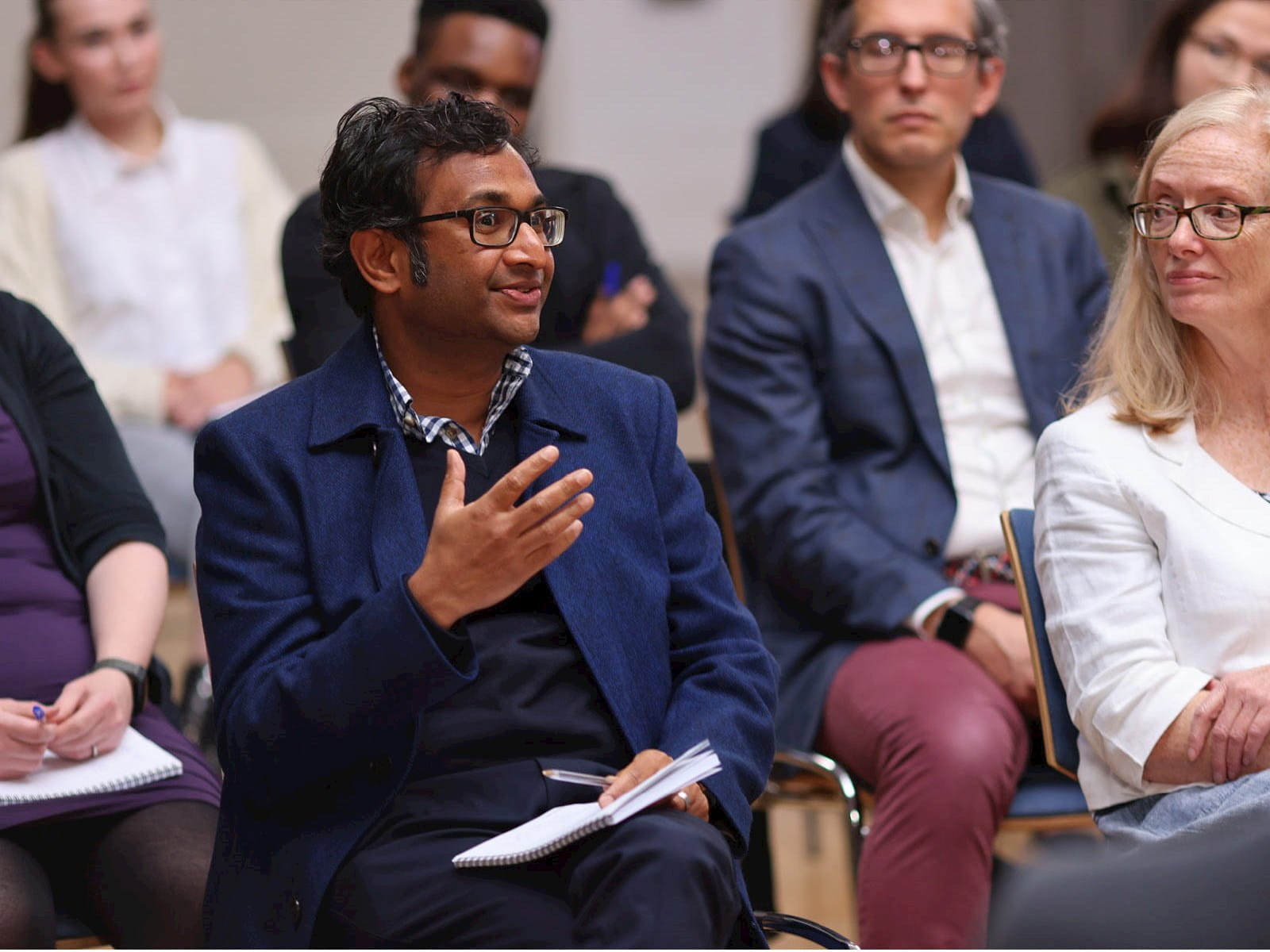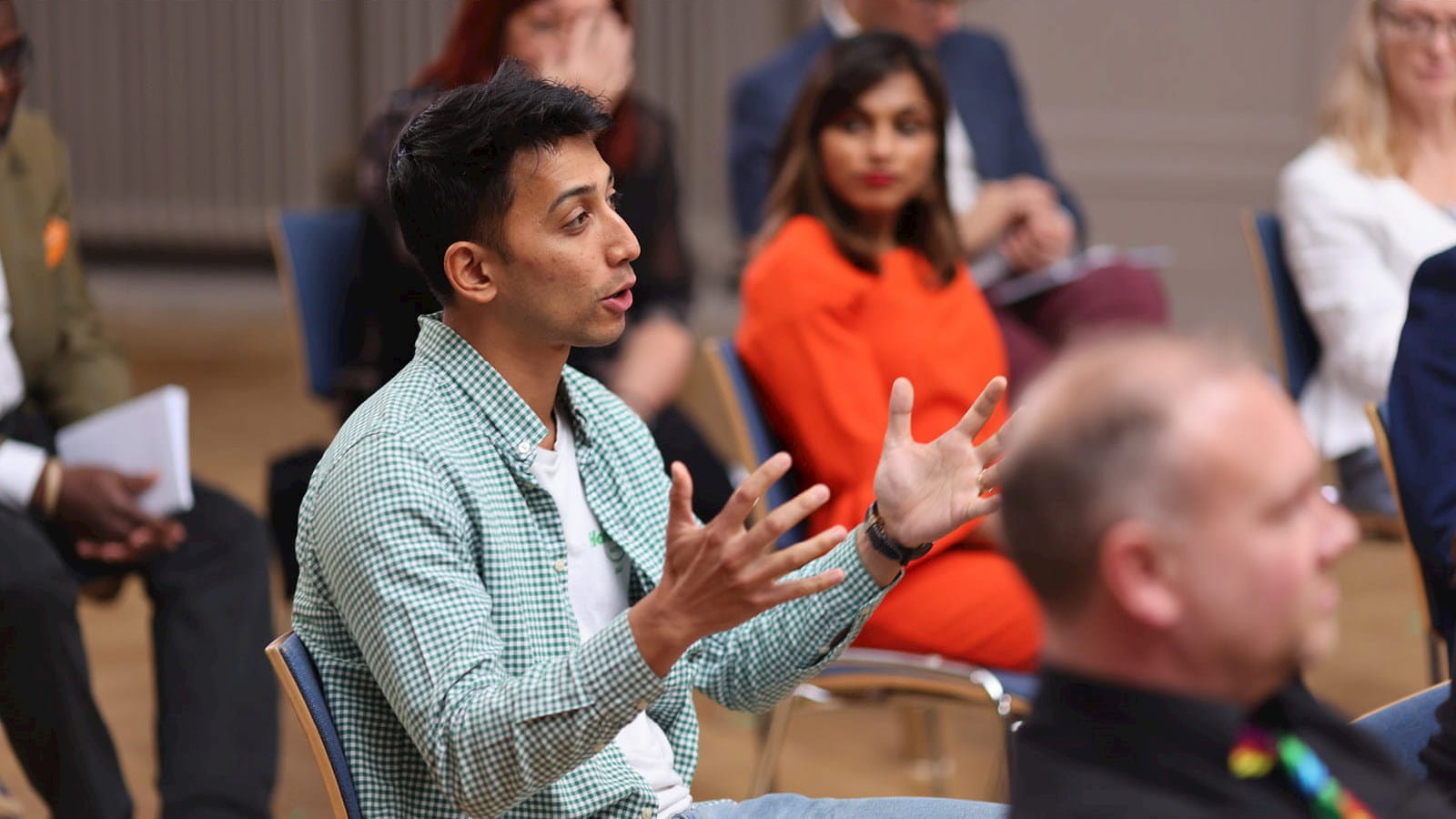Organisations should prepare to employ a wide range of methods and approaches, and to work year-in, year-out on such a large and complex issue.
It’s more important than ever for businesses to address diversity and inclusion (D&I) in their workplaces. Aside from it being the morally right thing to do, there are growing commercial and legal imperatives.
According to in-depth research by McKinsey, companies with the most gender-diverse executive teams were 21% more likely to be more profitable than competitors and 27% more likely to outperform competitors on the returns they make on their investments. In addition, the Financial Conduct Authority in the UK has proposed rules requiring companies to meet diversity targets and publish data on the diversity of their boards and executive management.
It is essential that firms create, implement and monitor ongoing strategies to generate genuinely diverse recruitment and promotion strategies. This will enable every employee and, by extension, supplier and client, to feel a sense of equity and belonging in the organisation. One strategy to achieve this is D&I training. Jenny Baskerville, Head of Inclusion, Diversity and Equity at KPMG UK agrees. “Training undoubtedly plays a critical role in championing diversity and inclusion among a company’s people,” she says.
“It equips leaders with knowledge of how to be more inclusive, it educates people on the regulatory context [the 2010 Equality Act], it showcases an individual’s responsibility and it provides real life scenarios and context, which bring core training to life in ways everyone can relate to and understand.”
Challenges and criticism
Yet D&I training has faced much criticism, with studies suggesting that it has no effect on the careers of women or ethnic minorities, and has fallen dangerously into the realm of being seen as tokenistic, undermining the cause. Further, it might not change behaviour or attitudes by much or for very long, according to 2018 research published in Anthropology Now. The literature review also suggested that short-term interventions do not typically change people, and that anti-bias training might actually reinforce stereotypes.
Jake Young, Researcher at HR professional body CIPD says that D&I training is not effective or even detrimental when it is a tick-box exercise or considered the only solution to creating a diverse and inclusive workforce. “It must be carefully planned and organisational context must be considered. This includes location, size, sector and which demographic groups are underrepresented.
“Solutions that work in one context may not be relevant, appropriate or effective in another. Employers also need to lay the groundwork to ensure employees throughout the organisation understand D&I is a priority. This is particularly important for managers who often perceive such initiatives as making operations more difficult.”

The benefits of a wide range of training
Like workplace training on any topic, the best D&I learning encompasses a range of methods. E-learning through videos, articles and quizzes as well as classroom-style training sessions can all be effective, especially when combined with more individually-tailored methods, such as mentoring, coaching and even drama-based training.
The content of the learning needs to be both broad and deep. It should provide participants with an understanding of different groups and relevant issues, such as anti-racism or anti-sexism training, including the relevant legislation. Programmes should also provide skills-based training that focuses on soft skills such as communicating, listening and teamwork, as well as more intermediate-level training that considers unconscious bias and microaggressions.
Microaggressions are commonplace (and often unintentional) verbal or behavioural slights that communicate hostile, derogatory or negative attitudes towards marginalised groups. Unconscious bias is, as it suggests, bias we each have towards different groups of people that can then unconsciously shape decisions we make or how we interact with others from those groups.
Training to help people see new perspectives
A crucial part of helping individuals understand how they can encourage D&I in their organisation is to use learning that combats personal implicit or explicit prejudice. Cognitive and emotional training is one way of doing this. It includes conversation, sharing stories and “perspective taking” should help people imagine “walking in someone else’s shoes”. It should also include deep reflection.
This act of perspective taking appears better at driving change than more commonly-used training to help people identify and reduce their unconscious biases, according to Young. He says that it generates more buy-in and less resistance to D&I, and has a greater effect on behavioural change. “Unconscious bias is undeniably a massive problem, but it doesn’t necessarily follow that explaining the psychology of this will reduce bias. It’s also important we don’t assume that all bias is unconscious; a lot of bias is very conscious and people can’t claim ignorance for it.”
Young explains that people want to maintain a consistent and positive image that demonstrates their values and contributes to their sense of self-worth. Using training to remind people of their preferences for equality and encouraging introspection about their beliefs and prejudices, can appeal to this.
He goes on to say that “organisations can also use the art of telling stories about marginalised groups. This can be used to overcome human tendencies to [argue against] messages or resist persuasion.”
Drama-based training is useful for this storytelling approach. It creates situations highlighting the perspectives of minority or disadvantaged groups. One such organisation is Steps. It uses drama with clients to help people transition in a safe way to talking about complex D&I issues and usually, their own experiences. “Drama is a bit like slow steps into a swimming pool – it allows people to safely get to a place where they are willing to share their stories,” says Angela McHale, actor and facilitator at Steps.
Her colleague, Client Relationship Director, Mark Shillabeer, adds that the aim of drama-based training is to raise people’s awareness of how non-inclusive behaviours can manifest in an organisation and what members of that organisation must think about, individually and collectively, to create the right culture. “We are not going to change the world in four hours. So our desire is to start people on that journey.”
A long-term strategy that should be tracked and measured
Regardless of the mix of D&I training that any organisation decides is appropriate for them, the key message is that it is a long-term endeavour, Young says. “Employers should not rely on one-off training courses and consider their work done. They need to be followed up with further training, regular communications that reinforce messages and active policies that force change (such as recruitment targets for different demographic groups), for example.”
Measuring success is crucial. Organisations can use KPIs, set diversity targets and get direct feedback from staff. Workforce reporting will also show whether training is providing the desired results.
Angela Cooke at Blick Rothenberg measures progress on D&I through organisational data like engagement surveys, recruitment and promotion data, targets, focus groups, and feedback from employee resource groups. “It’s important to tap into people’s lived experiences to understand whether they feel able to bring their whole selves to work,” she adds. “Everyone plays a part in creating change, so it’s important that employees have the opportunity to input into and help shape an organisation’s strategy through their feedback.”
Cooke points out that a D&I strategy is always work in progress and should be reviewed regularly to ensure that it's still relevant and fit for purpose, making amends, updates and tweaks accordingly. “Any strategy needs to be able to adapt to societal and organisational changes,” she concludes.
Implementing D&I training

KPMG provides compulsory D&I training modules for all employees, including the “More than meets the eye” programme, which highlights the importance of D&I by covering real-life scenarios and legal responsibilities. Employees who are promoted into leadership positions are encouraged to attend KPMG’s inclusive leadership training. Self-directed learning (a major pillar of KPMG’s Black Lives Action Plan) encourages employees to choose their own learning from a range of content including videos, books and articles.
“When employees own their own training journey, there is often added personal investment, which drives greater engagement,” says Jenny Baskerville, Head of Inclusion, Diversity and Equity at KPMG UK.
To identify training programmes beneficial for the workforce, the company identifies the learning needs that align with the organisation’s D&I strategy and conducts an initial scoping exercise. “During that phase, you look to establish the aims of the learning, what’s driving the need, who the intended audience are and what the key learning points to be achieved are,” Baskerville says.
Once priorities have been identified, the learning and D&I teams work together to procure the relevant suppliers and consult experts. Trial workshops with key stakeholders test the programmes prior to roll out across the whole organisation.
“Across each of the training types, it is important to curate a training experience that will support employees in their career journey and ensure that they are living out their organisation’s values through their everyday actions,” Baskerville adds. “It is important to make sure that colleagues have enriching and informative learning experiences throughout their career journey. We must ensure that training – whether mandatory or not – is not seen as merely a tick box exercise, limiting the impact of the training, but that it’s as immersive as possible.”

